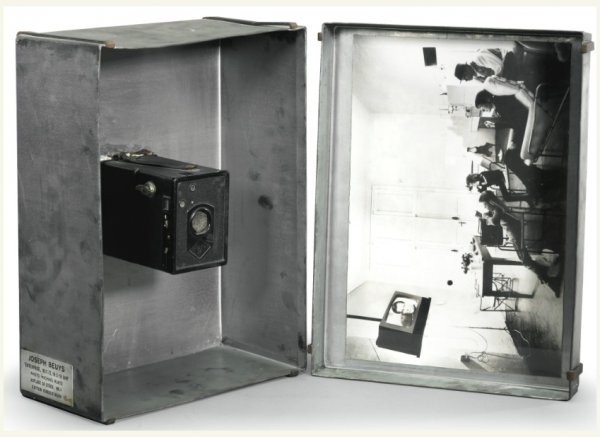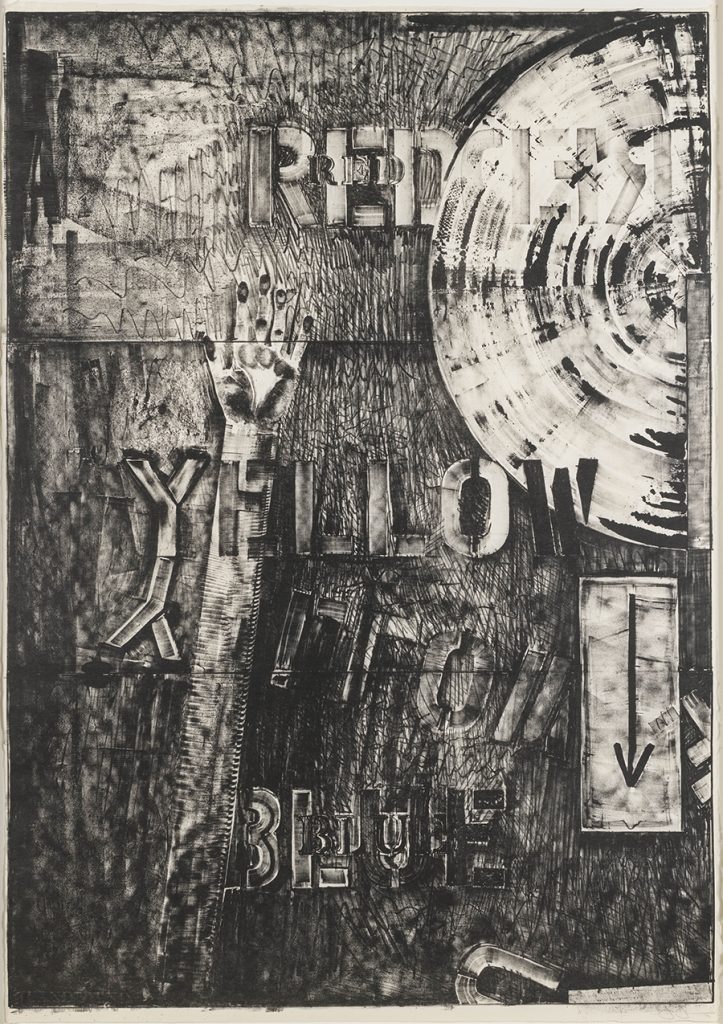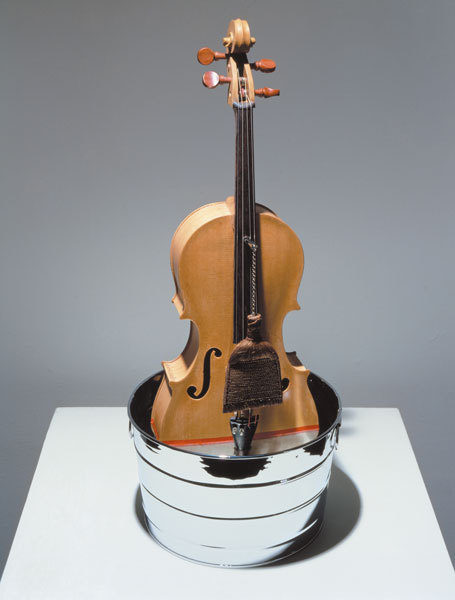Neo Dadaism Art: What’s it all about?
· blog
Recognition of Neo Dadaism
Neo Dadaism certainly holds its own in the art world for many years although perhaps it is not as widely recognised by the general public as more famous movements like Impressionism, Surrealism or Minimalism.
The term “Neo Dada” came about in the mid-part of the 20th century and was applied to the work of American artists in particular during the 1950s and ‘60s. The style was reminiscent of the pieces that were created during the Dada movement that had occurred in the decades earlier, before the Second World War.

Notable Neo Dada artists include John Chamberlain, Jasper Johns, Robert Rauschenberg and of course Yoko Ono. Their works are classified as Neo Dada thanks of their use of assemblage, found materials and collage, as well as their notably anti-aesthetic agenda.
The forefather of Neo Dadaism, Dadaism, came about as a negative reaction to the folly and horrors of World War One. The art, performance and poetry that sprang forth was often nonsensical in nature and highly satirical. By the 1950s, Johns, Rauschenberg and others had begun to include absurdist contrast and popular imagery in their work, with the political and social landscape of the time also being heavily alluded to.

In the early part of the 1950s, the ideas of French Dada artist Marcel Duchamp were becoming more and more influential. Neo Dada artists appreciated Duchamp’s premise that works of art act as an intermediary in a process that the artist starts and the viewer completes. In the historical context, the Neo Dada movement revived this long forgotten theoretical framework, offering the foundation for many of the contemporary art movements that came afterwards.
Encouraging a shift towards the viewer being a part of their pieces, many Neo Dada artists were driven by the notion that it is the viewer’s interpretation of a work – not the intent of the artist – that determines its meaning. This was further emphasised through the use of mass media, which helped move the emphasis away from the artist and instead focussed significance on the viewer’s interpretation of the piece.
Unlike the militant messages of the Dada artists before them, artists from the Neo Dada era were all about using more subtle strategies more suited to the cold war climate. Neo Dada simultaneously celebrated and mocked consumer culture, uniting the opposing styles of realism and abstraction, and disregarding boundaries through experimentation.

Neo-Dada artists often sought to encourage viewers in looking beyond traditional aesthetic conventions and derive their own meaning through critical thinking. They focussed on absurd juxtapositions, mixed signals and coded narrative, rather than the internal emotions behind the actions of the painter in their abstract works.
Strains of Neo Dada persisted throughout the 1960s, and even longer in various movements across the globe. Arte Povera, founded in Italy, is a good example of a movement that maintained a disdain for conventional art and corporate culture, while the French Nouveau Réalisme artists favoured the depiction of real objects over pure abstraction, seeking to bring art and life together as one.
Striking, anti-traditional and highly recognisable, the work of the Neo Dada artists remains very popular, particularly amongst those who appreciate Expressionism and Pop Art.
Neo Dadaism
Browse Neo Dada prints here.


